Brett St. Clair shares tips for getting into backcountry skiing in the first of six columns.
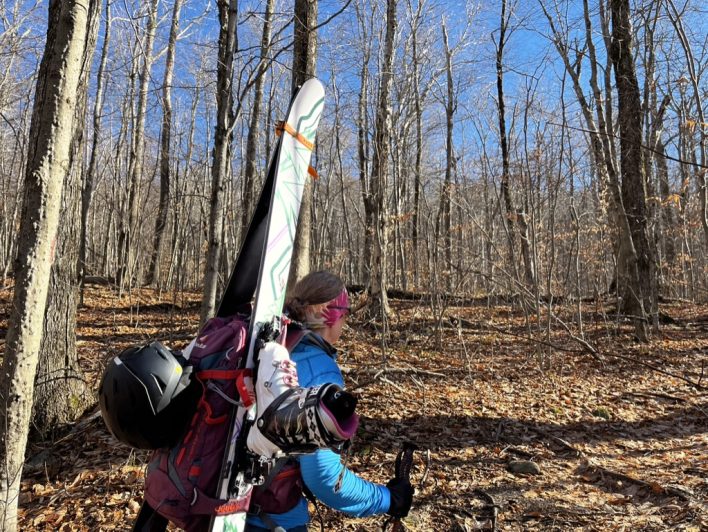
While there’s certainly risk involved, backcountry ski touring offers great exercise and a lot of fun away from crowded ski hills and rising ticket prices. It lets you enjoy the outdoors in peace and quiet, with the potential for first tracks in fresh powder snow.
There’s a lot of information out there—from choosing gear to traveling safely—and a lot to learn. But, if you get a handle on a few basic concepts, you can be out enjoying the backcountry in no time.
If you’re currently a non-skier or a relative beginner, don’t worry, that’s not a showstopper. It is probably wise to build your skiing or riding skills at a resort for a season or two before venturing into the backcountry. Typically, you’ll want to be at least a strong intermediate skier or rider to feel confident in the wild.
Making efficient turns on skis takes practice, and you’ll gain more experience with that more quickly by riding the lifts and skiing the slopes at the ski hill rather than in the backcountry where uphill travel dominates.
Getting started
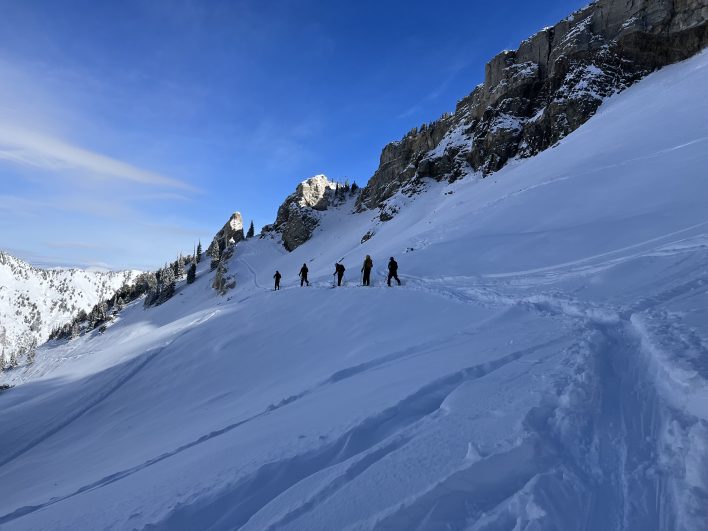
The first step is to invest in a touring setup and safety gear.
Most backcountry skiers and riders come from a resort skiing background, which requires a mental adjustment. What works well at the ski hill might not be ideal in the backcountry, where 90% of your time is spent ascending. Heavy, badass powder skis and stiff 4-buckle boots are fun to ski in civilization but are a drag (literally) when plodding uphill.
In the backcountry, lighter is generally better: Sacrifice a bit of downhill performance (the 10%) for better performance on the uptrack (the 90%).
The same concept applies to clothing. Because you spend most of your time moving uphill, you generally don’t need to dress as warmly as you typically do for a day at the ski hill. Though it’s always good to bring a puffy in your pack just in case you get cold at some point.
Buy your gear directly from a reputable local ski shop if you have one in your area. The advice they’ll give you, and the opportunity to physically see, heft and try on gear before you buy it, is worth way more than the few bucks you might save by ordering online.
Plus, if you have a problem with a piece of gear a year or two down the road, your local shop will typically work with the manufacturer to take care of that for you if you bought it there.
Dawn laps
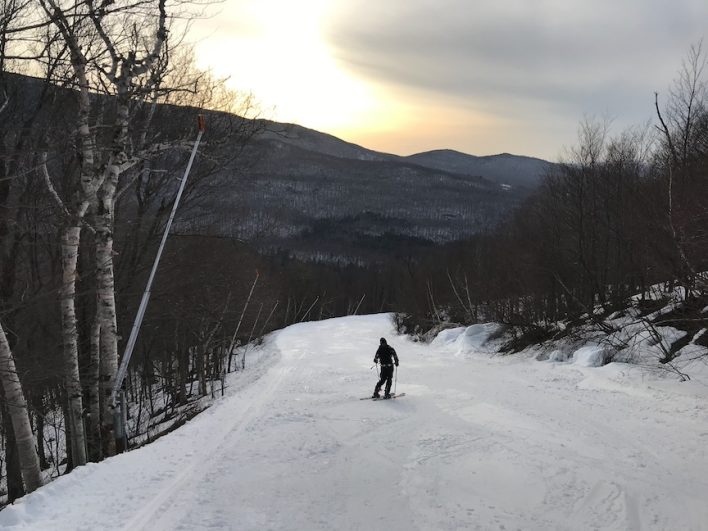
After buying touring gear, many skiers will practice using it at their local ski hill. Most alpine resorts have an uphill policy which allows ski touring on designated trails or routes—most commonly during hours when they are closed to downhill traffic.
Dawn laps or dawn patrols, as they’re called, are very popular at some local ski areas. If you haven’t been to your local hill two hours before the lifts start spinning, you’ll be amazed at how many cars are in the parking lot and how many ski tourers are getting their daily workout in. Plus, there’s no better way to start the day than with a sunrise and ski lap.
Resorts’ uphill policies vary, so it’s important to know your local hill’s rules and to comply with them. Some resorts allow free uphill use during designated times and others require you to purchase an uphill pass. Most limit uphill travel to a designated trail and often specify where you can descend to avoid conflicts with grooming equipment. If you have a dog, pay attention to if they are allowed or not.
It’s important to comply with the resort’s uphill policy, because having access to freshly groomed terrain first thing in the morning (before all the passholders waiting in line for first lifts and first tracks) is a privilege that could be revoked.
The same is true for lift-accessed “sidecountry” or “slackcountry”—skiing outside of a resort’s patrolled boundary. Resorts will designate gates for sidecountry access, which are the appropriate places to exit their boundary legally. Gates may be closed due to avalanche danger or wildlife concerns, so it’s important to know and follow the rules. If you’re planning to exit into avalanche terrain (leave the resort boundary), you should first sign up for an avalanche safety course. It’s key to have the proper safety equipment and the knowledge and training to use it.
There’s much more to backcountry ski touring, but for many skiers, acquiring and using touring gear is the first step. For most, this is just the beginning of the ski touring journey.
Brett St. Clair, alongside Craig Evanoff, is the author of Tips for Beginning Backcountry Skiers. Brett can be reached for questions or comments at brett@wskyline.com. He hopes to share what he has learned in a lifetime of backcountry skiing with those just getting into the sport.



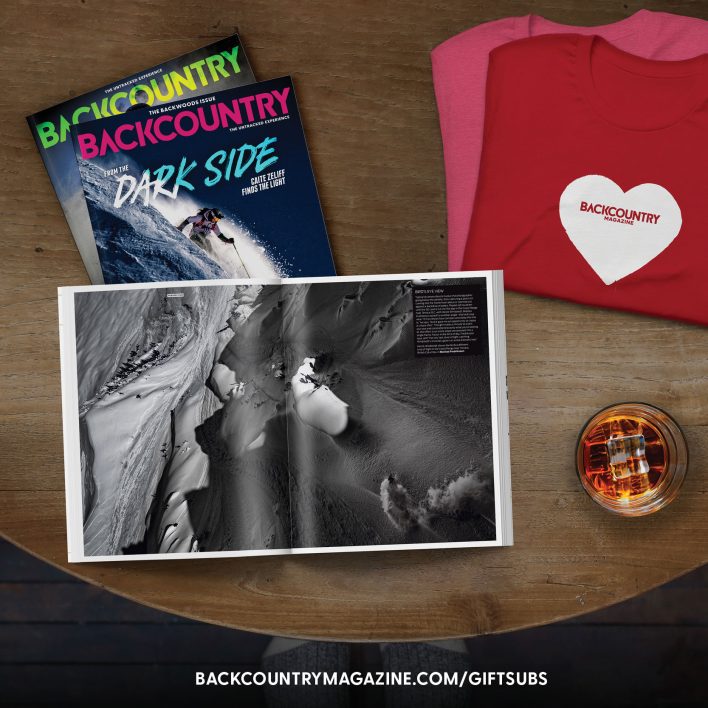
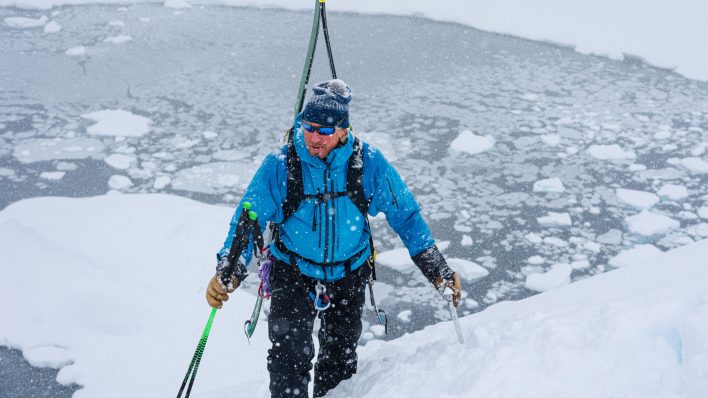
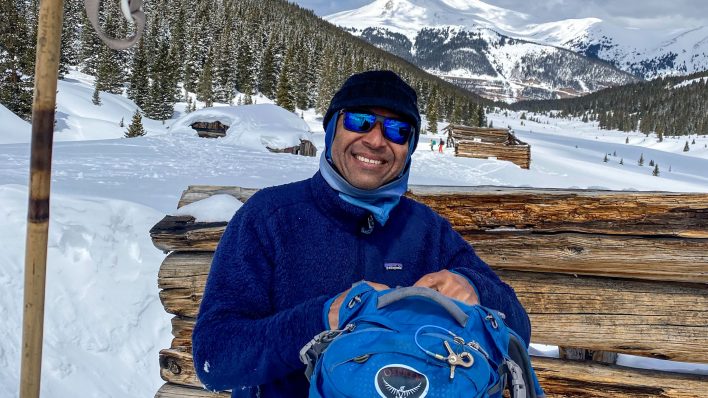
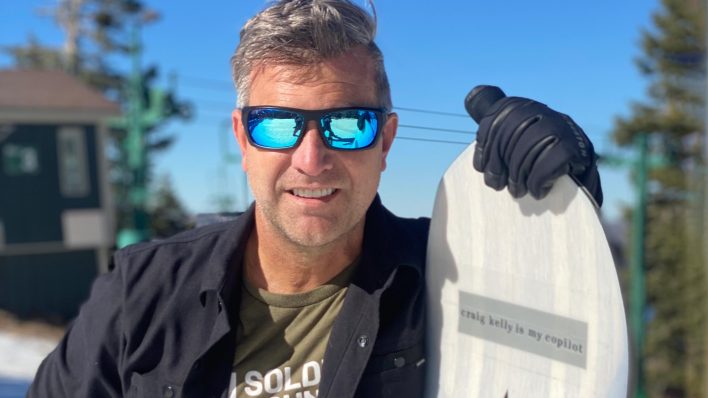
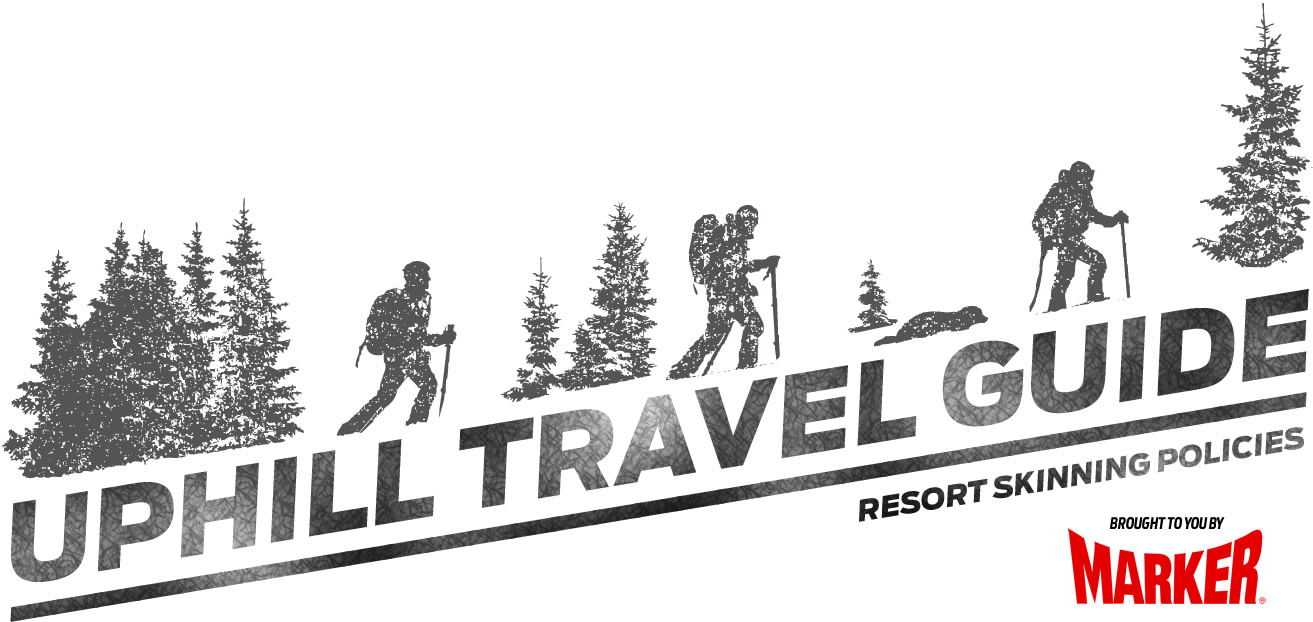


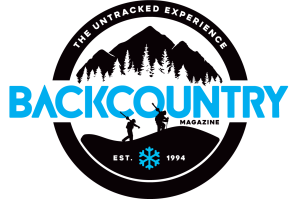
Related posts: